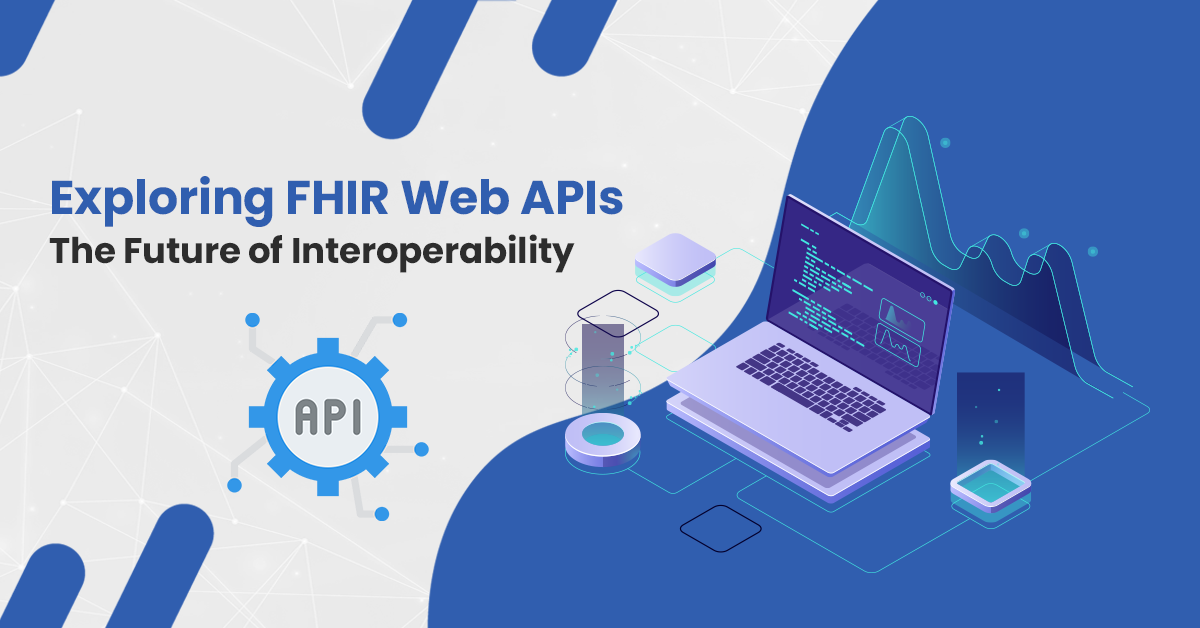The CMS (Centers of Medicare and Medicaid Services) and ONC (Office for national coordinator for health information technology) final rules endorsed HL7 FHIR R4 in March 2020. It may act as the trigger for FHIR to become a common application programming interface (API) framework. While FHIR is already showing promise in increasing healthcare interoperability, we will realize its true benefit when more than a few workgroups, EMR vendors, and niche vendors use it.
The Role of FHIR Standardization in Healthcare Interoperability
FHIR (Fast Healthcare Interoperability Resource) has quickly become a popular solution to connect dissimilar systems. It has excellent potential for building a framework for health data interoperability. The International body developed and manages the Fast Consolidated Level Resource.
They designed the system with the complexity of healthcare data in mind and uses an internet-based way to integrate various health data pieces. Their goal is to create a foundation pool of assets that we may use alone or in combination.
FHIR interoperability standards aim to define the present situation and architecture for most core data sets. We can use FHIR assets to make documents that look like compositions: a group of related data that makes up the declaration about health data, such as clinical findings and operations.
FHIR server integration helps make wearable and tracking devices clinically approved and useful. Practitioners may customize their toolkits to their specialty or interest. For example, they collect data from numerous study services to improve diagnostic and treatment skills. Patients may provide anonymous data to groups working on a clinical research strategy for a rare malignancy. It will help with capturing performance indicators and data presentation.
It involves gathering and combining data, calculating, and reporting quality metrics. Individual providers attesting to the following
- Standards of quality for federally controlled healthcare quality.
- Provider organizations must report to health plans as part of payer quality improvement efforts.
- Institutions reporting on their healthcare delivery quality.
FHIR’s Distinguishing Factor From Other Health-Care Technologies
HL7 designed FHIR for EHRs. The primary goal of HL7 FHIR integration is to make FHIR compatible EHRs and other healthcare applications interoperable. FHIR 4 is a draft standard covering data formats and components (tools). FHIR will support the implementation and support of mobile apps that benefit providers, payers, and patients.
This solution enables clinicians to share patient data across teams and make quicker decisions effortlessly. Clinical data helps insurance identify risks, reduce costs, and improve results. Through consumer-friendly apps, patients may now access medical information through smartphones, laptops, and wearables.
Our Capabilities
Appzlogic have worked with multiple FHIR api providers like Cerner, EPIC, Medmij, Nedap to name a few of them. We made created multiple apps including smartglass apps integrating the FHIR on smartglass providing a handfree information when required by the practitioners.
Conclusion
FHIR has excellent potential for combining the skills of different professionals to establish a framework for connectivity and health information exchange. It can help in storing clinical and financial data reliably. Individual providers can attest to particular quality metrics as part of federally controlled healthcare quality programs strengthening patient data management systems. It can be done at multiple levels of the healthcare delivery system, including provider organizations reporting to payer quality improvement initiatives and institutions reporting healthcare delivery quality.




